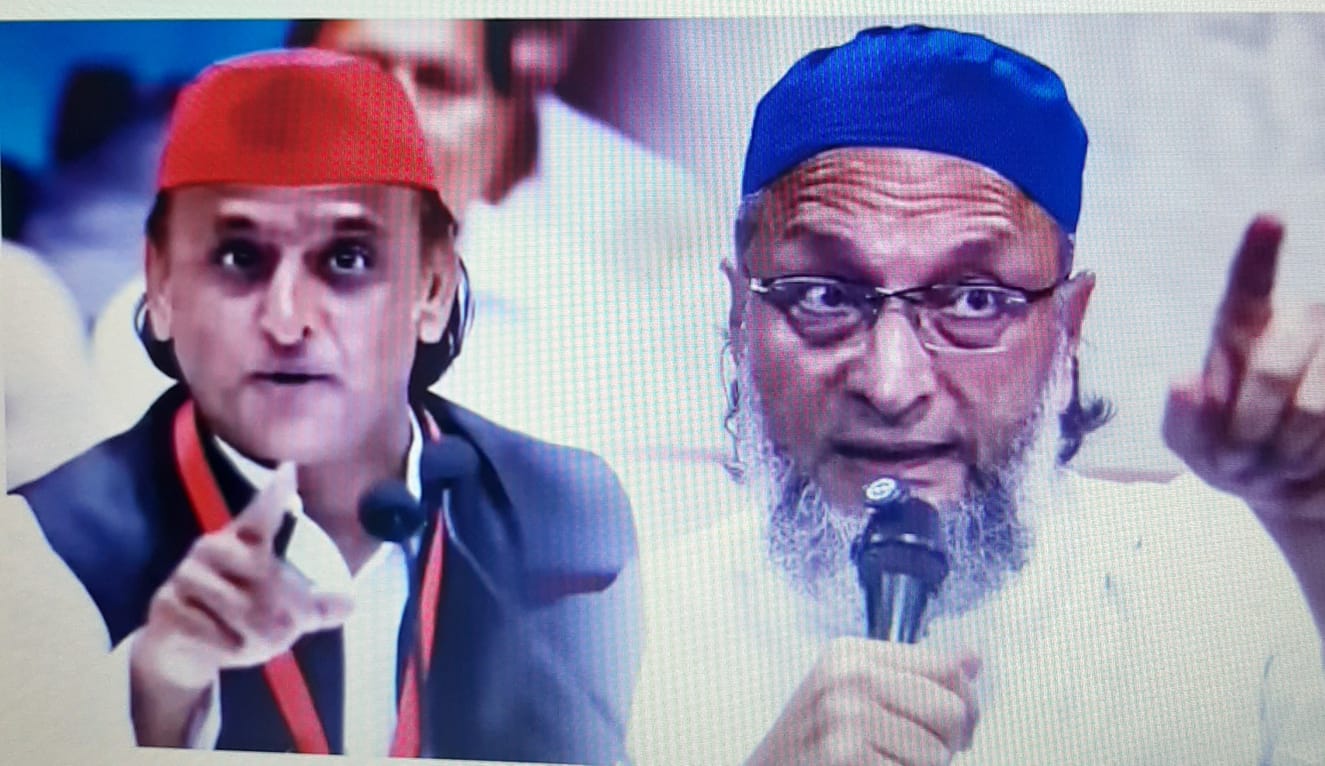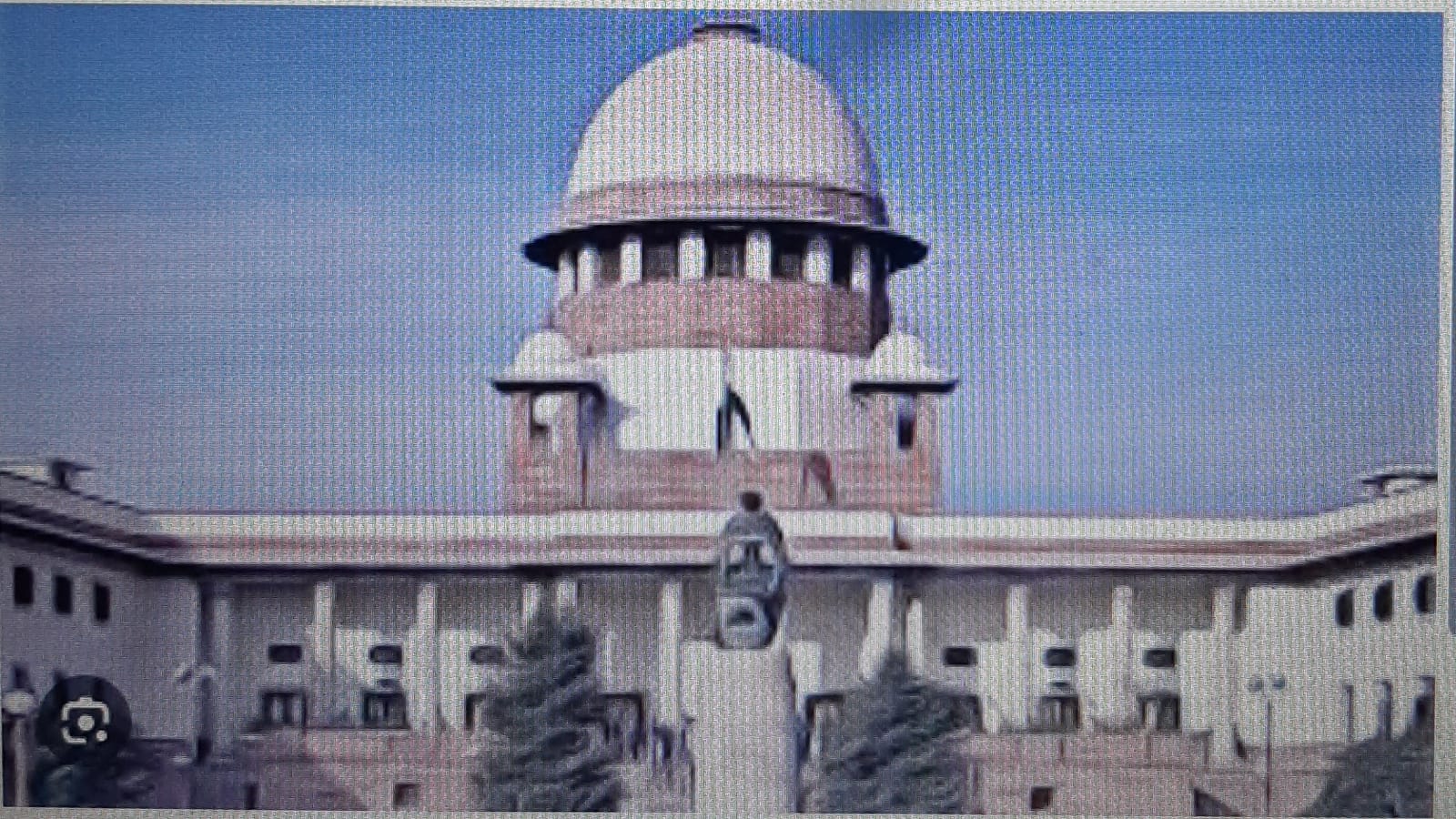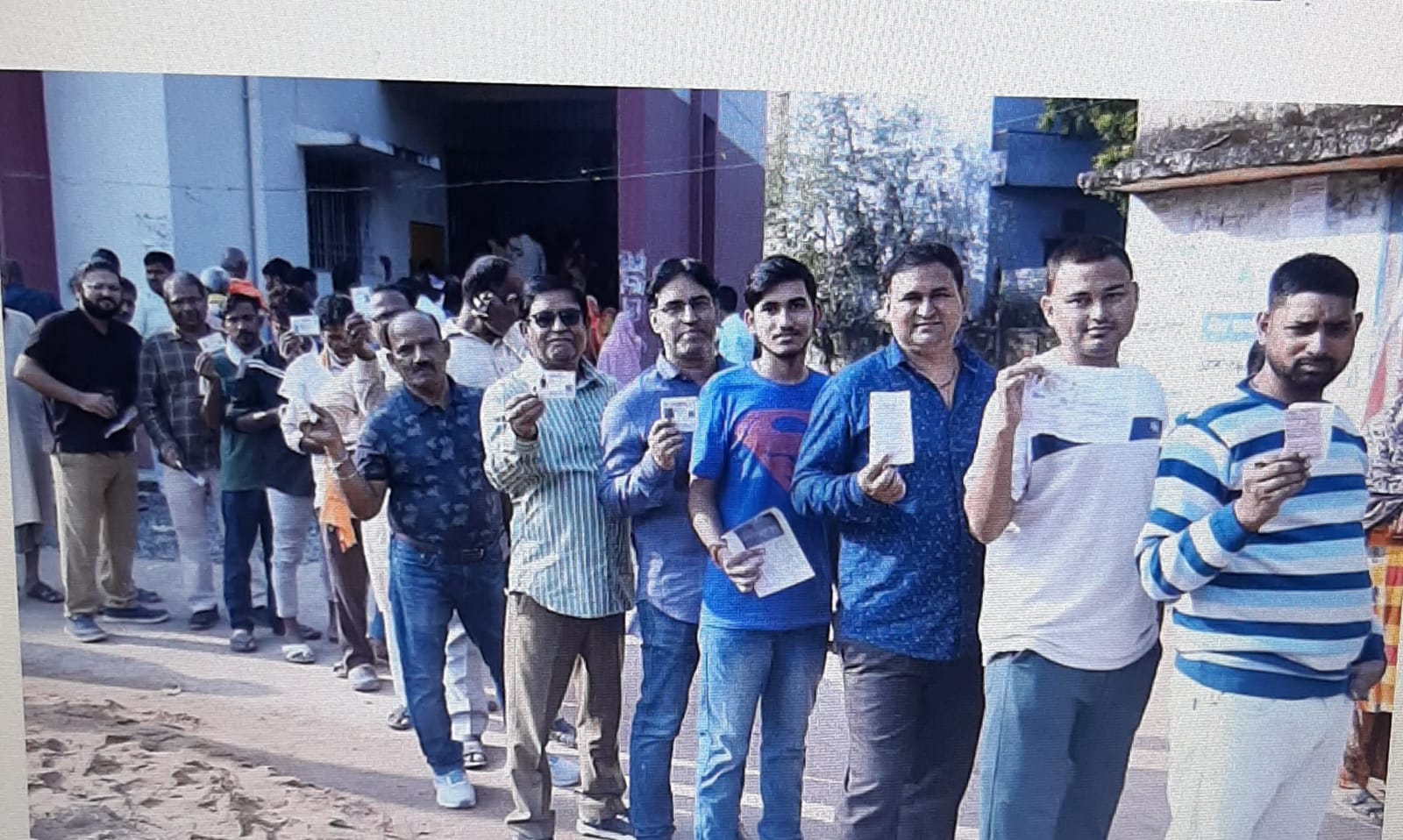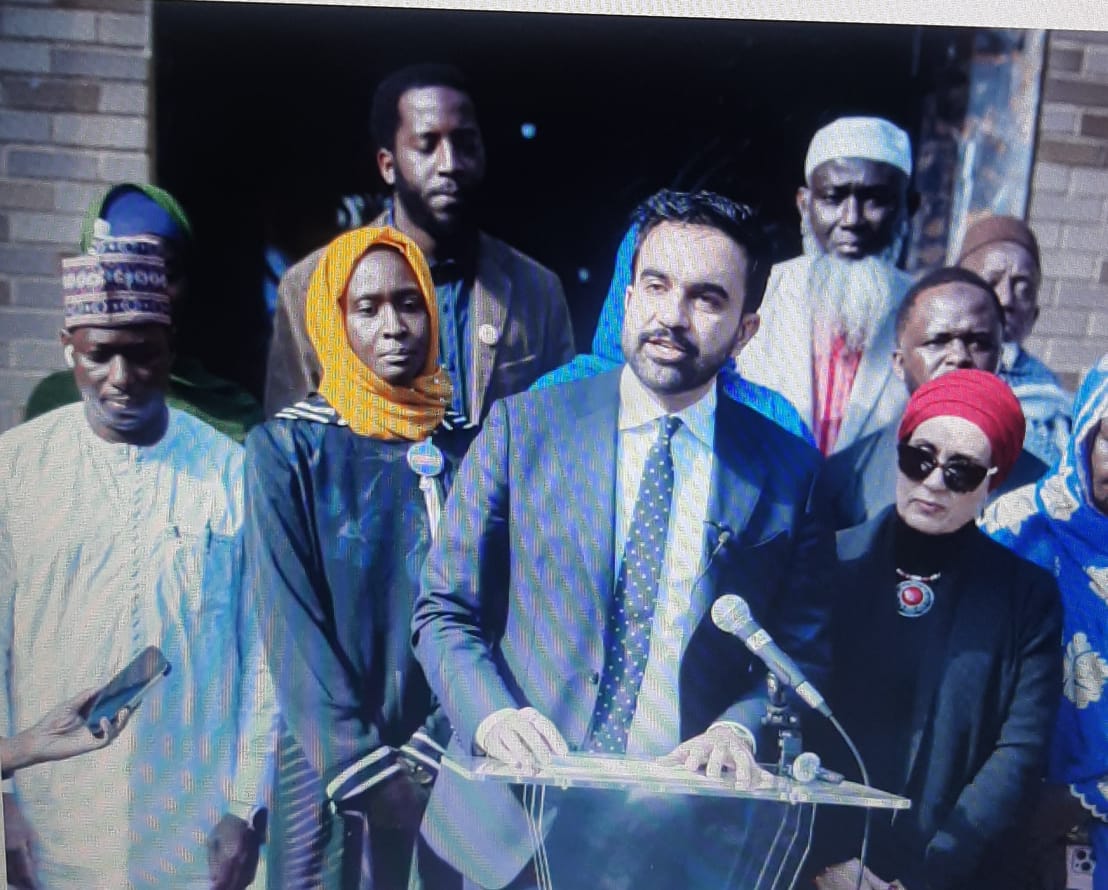
Even though distance between Patna and New York is 13,850 kms, political thought process is identical among with political parties arrayed against minority community. The racist and communal abuse that Zohran Mamdani in New York and Mahagathbandhan leaders in Bihar are facing have proved how normalized bigotry has become globally. It is the case with London Mayor Sadiq Khan also, writes M Hasan.
If Namak Haram’, ‘Burqa’, ‘Ghuspaithiya’ are the hate factors generating “Islamophobia” in Bihar elections, New York also did not lag behind in just concluded prestigious Mayoral election in which unprecedently an Indian-American Muslim Zohran Mamdani ousted the political dynasty of the Apple city. Mamdani’s mayoral contest was marred by unhinged Islamophobia and it is unlikely to go away soon. While a cartoon in Bihar showed a “Congress bus carrying full of Ghuspaithye (infiltrators) and Burqa clad woman to Bihar for election, in New York a cartoon indicated Red colour plane on which “Mamdani” was written was seen heading towards a tower,” (reminding 9/11 twin tower crash by terrorists).
Even though distance between Patna and New York is 13,850 kms, political thought process is identical among with political parties arrayed against a community. The racist and communal abuse that Zohran Mamdani in New York and Mahagathbandhan leaders in Bihar are still facing have proved how normalized bigotry has become globally. It is the case with London Mayor Sadiq Khan also.
Mamdani was in fact not alone to face racist onslaught. In 2008, the then Democrat presidential candidate “Barak Hussein Obama” was shocked to know that “he is Muslim”. Rumors that Obama was Muslim swirled, becoming a significant aspect of the media coverage of his campaign. Obama’s opponents planted doubts about his religious background, and asked how they would vote if they knew that the Democrat was supported by Hamas. It was floated that Obama was “an Arab”. The implication was an Arab could not possess good human qualities. However, in order to clear the dust Colin Powell, the former Secretary of State, who had then joined Democrat Party, asserted that “Obama is not a Muslim and a decent family man. He’s a Christian. He’s always been a Christian.” Nevertheless, Powell went on, what if Obama were Muslim? “Is there something wrong with being a Muslim in this country?”
When his middle name, Hussein, became a political weapon, Obama distanced himself from it. “Barack Obama” became the acceptable, unthreatening face of diversity — aspirational, but careful. He rarely invoked his Muslim background, choosing a broad, colorblind narrative of hope. Mamdani represents a different era — one less interested in fitting in, and more in standing firm. Obama deflected when his middle name became a slur in the mouths of opponents. Mamdani pronounces his own name slowly until others get it right. Obama avoided being read through a Muslim lens. Mamdani says being Muslim, African-born, and South Asian is the story — not the liability.
However, Mamdani’s success has not ended Islamophobia in the New York or anywhere else. Over 50% of New York voters resoundingly rejected the proposition that a man cannot be a Muslim and a good mayor (or a good American). In his powerful victory speech, New York City’s mayor-elect declared that “no more will New York be a city where you can traffic in Islamophobia and win an election.”
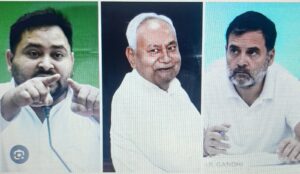
Back to Bihar, will the state voters going to polls in second phase on November 11 take any lesson from NYC? Highly unlikely. As Bihar’s second phase of campaign gains ferocity, a troubling pattern has emerged in the political discourse. The state’s political discourse has shifted dramatically. Hate speech, once a subtext in election rhetoric, has moved to centrestage, amplified by rallies, social media and official campaign material. The language of development and governance has been steadily replaced by insinuations about religion, caste and “infiltrators”, prompting alarm among civil society groups.
In a recent report, the Citizens for Justice and Peace (CJP), a hate watchdog group, documented a clear pattern of remarks by leaders targeting religious and caste communities. It described “namak haraam” comment as an attempt to define citizenship through partisan loyalty, a line that blurs the distinction between welfare recipients and political supporters. Observers say the pattern is unmistakable. Each comment reinforces a climate of suspicion, where identity determines allegiance. The “infiltrator” trope long used as a dog whistle in northern India’s electoral politics has found renewed potency in Bihar’s battleground districts. And with social media turning every slogan into a shareable meme, the cycle of outrage and amplification grows ever shorter.
Bihar’s electoral history is dotted with appeals to caste pride and religious division. What has changed this time is the scale and speed of dissemination. The digital campaign infrastructure — WhatsApp forwards, AI-generated posters and algorithmic micro-targeting — ensures that divisive content spreads faster than the Election Commission can react. But only November 14- the day results will be announced- will tell whether these divisive tactics worked or not.
(M Hasan is former Chief of Bureau, Hindustan Times, Lucknow)


